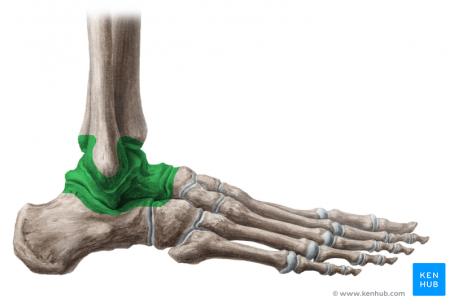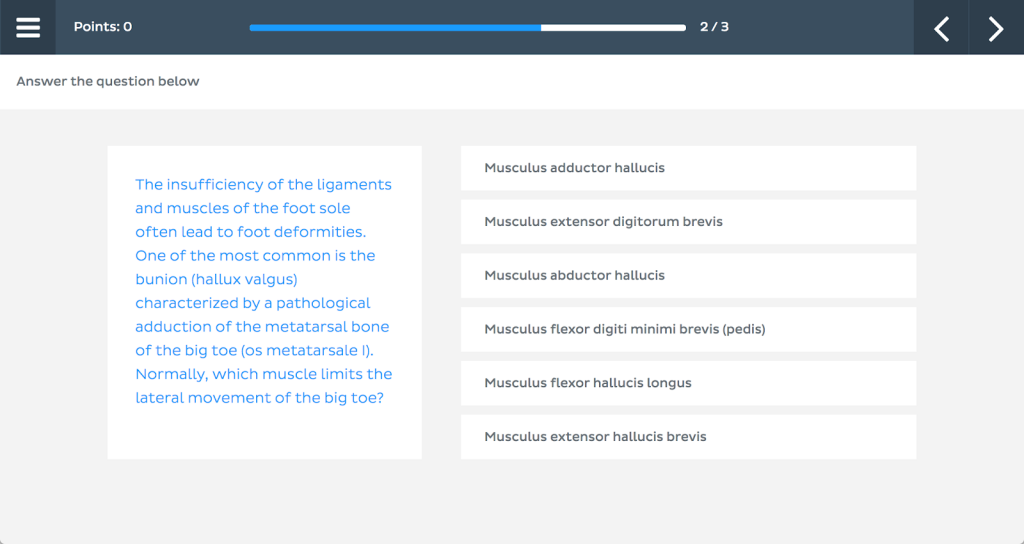The truth is, anatomy is relevant to everything you do. And your knowledge of it certainly shouldn’t be stored away in your hippocampus within a discrete box. As nerdy as it sounds, the simple act of associating anatomical form with every day function is a great way to consistently apply and retain your knowledge.
Anatomy in Clinical Practice
Now that we have discussed the importance of the holistic approach when learning anatomy, let’s discuss the importance of a holistic approach when it comes to learning the subtypes of anatomy.
There’s more to anatomy than gross anatomy. There is also histological and radiological anatomy to consider. Each of these subtypes confer unique and distinct advantages to you when learning about the intricacies of the human body and later applying this knowledge in practice. Neglecting any one of them will very likely hinder your holistic understanding.
Being able to transfer your gross anatomy knowledge to the visuals you see on a histology slide, CT scan or MRI is the final skill of the anatomy master. Indeed, these are all formats that you will come across in the hospital. Once you have learnt about all of the structures in the human body, you begin to learn about the clinical information that correlates with them. Thus, it is essential that you are able to competently apply your anatomical knowledge to the patient and their results. Whether it’s identifying a squamous cell carcinoma on a histology slide or an acute ischaemic stroke on a CT scan, your anatomical knowledge will serve you every step of your career.
The Best Online Anatomy Learning Tool
At Kenhub, medical students are prepared for clinical practice with all of the above. Their gross anatomy (including cross sections and neuroanatomy), histology and medical imaging sections support the development of strong and competent doctors across all years of medical education.
Using Kenhub provides you with more than one way to reach your goals, and that’s why internationally they are the go-to online resource for learning anatomy. With a full colour anatomy atlas containing thousands of beautifully illustrated structures and in-depth articles covering everything from anatomy and histology, to pathology, education and learning strategies, their tools make it hard not to enjoy learning anatomy.
If text based learning isn’t for you, professionally produced anatomy and histology videos will have you learning in style with the click of a “Play”’ button. Quizzes are available to guide your learning at every stage of your education, from simple structure identification quizzes, revision quizzes and customisable quizzes to clinical question bank quizzes just like the ones you’ll see in your exam.



